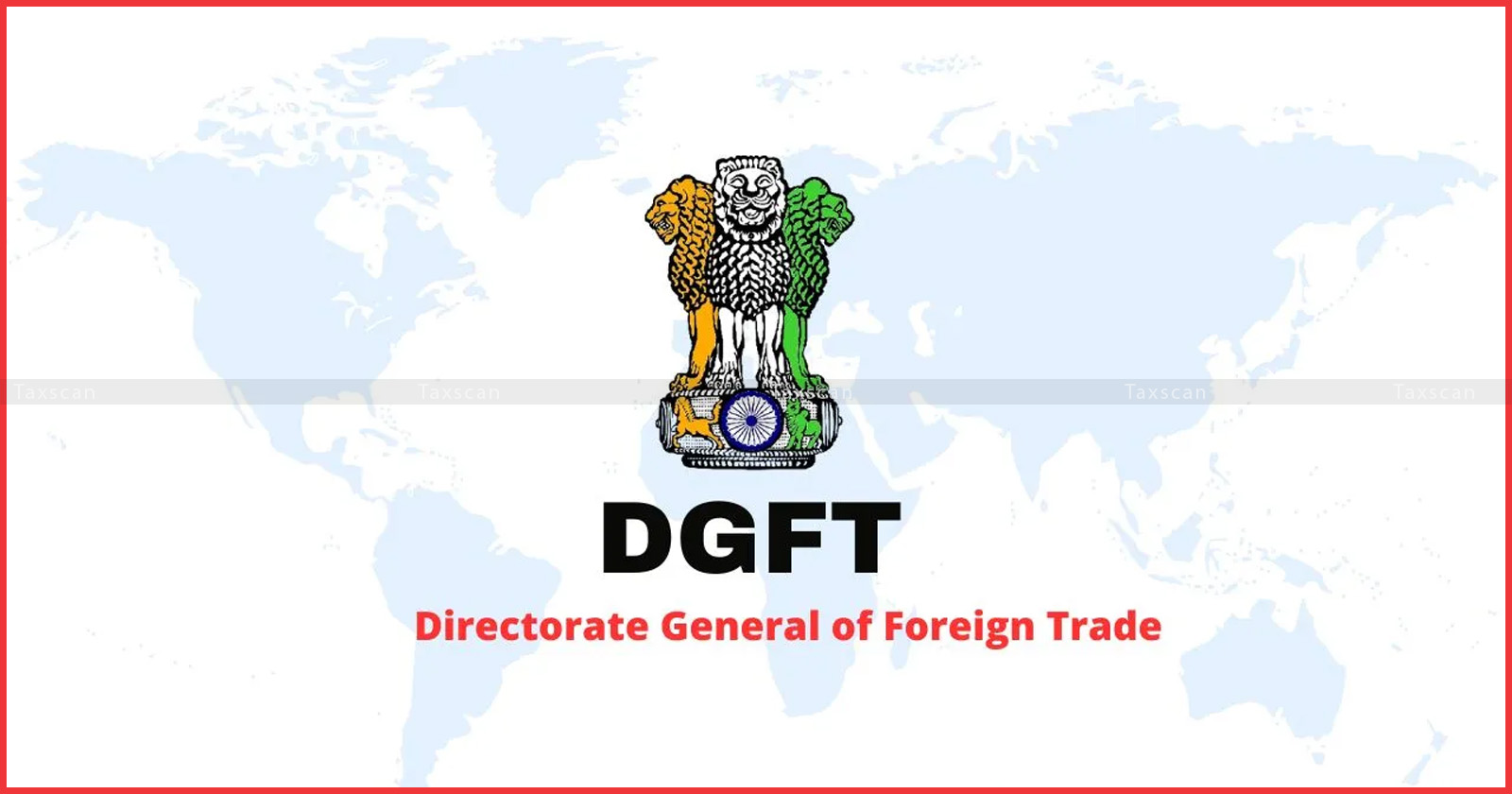Rejection of Settlement proposal by Bank does not meant to be principles of natural justice: Calcutta HC Dismisses Writ Petition [Read Order]
It was evident that under Rule 8(8), whether in its pre-amendment or post-amendment form, the term “parties” refers only to the Bank and the proposed purchaser.
![Rejection of Settlement proposal by Bank does not meant to be principles of natural justice: Calcutta HC Dismisses Writ Petition [Read Order] Rejection of Settlement proposal by Bank does not meant to be principles of natural justice: Calcutta HC Dismisses Writ Petition [Read Order]](https://images.taxscan.in/h-upload/2025/09/23/2089910-itat-itat-ranchi-principles-of-natural-justice-in-ex-parte-case-taxscan.webp)
In a recent case, the Calcutta High Court has held that the expression “parties” under rule 8(8) of the Securitisation and Reconstruction of Financial Assets and Enforcement of Security Interest Act, 2002 does not mandate to include borrower and guarantor. It was evident that under Rule 8(8), whether in its pre-amendment or post-amendment form, the term “parties” refers only to the Bank and the proposed purchaser.
Dr. Tushar Kanti Karmakar, the petitioner is purchaser of mortgaged property and Secured Creditor, State Bank of India assailed the impugned Judgment and Order dated 11th December, 2018 passed by Single Bench of the High Court in Shilabati Hospital Private Limited & Ors. Vs. State Bank of India & Ors.by filing two separate appeals.
The issues involved particularly arising from the sale of a mortgaged property under the provisions of The Securitisation And Reconstruction Of Financial Assets And Enforcement of Security Interest Act, 2002 ( ‘SARFAESI Act, 2002’) and The Security Interest (Enforcement) Rules, 2002 ( ‘the said Rules, 2002’) thereof.
The Writ Petitioners/Borrowers, being the Directors of M/s Shilabati Hospital Pvt. Ltd. (Private limited company within the meaning of Companies Act, 2013), approached the State Bank of India seeking a loan to facilitate medical treatment for the public through their hospital, namely, M/s Shilabati Hospital Pvt. Ltd.
 Also Read: Imported of Parts of Gas Lighters Found to be DGFT-Prohibited SKD Kits: Delhi HC Orders Expeditious Adjudication of SCN [Read Order]
Also Read: Imported of Parts of Gas Lighters Found to be DGFT-Prohibited SKD Kits: Delhi HC Orders Expeditious Adjudication of SCN [Read Order]
The Bank sanctioned credit facilities as term loan of Rs. 200 lakhs to the Writ Petitioners on 23rd July, 2003, upon mortgaging properties consisting of two adjacent Plots of land. The hospital building was erected on the first part of the borrower's land, and the second part belonged to the Guarantor of the loan, Smt. Tanushree Manna, who also held 50% ownership in the 1st part of the land. Smt. Tanushree Manna also took a separate loan against the second part of the property.
The Loan account was, subsequently, classified as a Non-Performing Asset (NPA) on 31st March, 2004, due to non-repayment of the term loan availed by the mortgagors. The Bank’s approved valuer assessed the combined value of the Hospital Building & Property of Tanushree Manna, i.e,. both properties at Rs. 1,77,22,000.00/- as on 17th June, 2006. A demand notice was issued under Section 13(2) of the SARFAESI Act, 2002 on 28th June, 2006 to the Writ Petitioners asking them to discharge the liability of Rs. 3,70,90,320.00/- in full within 60 days, but they failed.
The writ petitioners challenged the public auction notice before the D.R.T under section 17 of the said Act which was ultimately dismissed for non-prosecution vide Order dated 05.10.2007. In the year 2007, the devastating flood swept the whole Ghatal town and the ground floor of Shilabati Hospital was clogged with a water level of 3 feet for four days, and all the costly machines were defunct. The bank again published a Public Auction Notice in the ‘Times of India’, keeping reserve price at Rs. 3.75 Crores on 2nd January, 2008, but this time also no bid offer was found from any corner.
The writ petitioner had offered to the bank a one-time settlement at a full and final value of Rs. 155 Lakhs on 28th August, 2008, but the said offer was rejected by the Bank on 15th November, 2008, as the value of properties was higher than the offer price. A third Valuation Report was sought from the Bank’s approved valuer on 15th November, 2008. It was valued at Rs. 207.47 Lakhs for Land & Building and Rs. 60.76 Lakhs for Plant & Machinery of both properties (Total Rs. 268.23 Lakhs).
A division bench of Justice Rajasekhar Mantha and Justice Ajay Kumar Gupta viewed that the rejection of the settlement proposal by the Bank does not attract the principles of natural justice. At no stage—whether upon receipt of the notice under Section 13(2), or upon rejection of their offer, or thereafter—did the writ petitioners seek a hearing from the Bank. Such rejection could only have been challenged before the DRT under the statutory scheme. Instead, the petitioners, fully aware of their prior dismissal before the Tribunal, directly approached this Court, thereby abusing the writ jurisdiction.
It has been held that once the remedies provided under a special statute are exhausted, a party cannot, under the guise of a writ petition, reopen or revive proceedings. The SARFAESI Act, being a special enactment containing a comprehensive mechanism for redressal of grievances, precludes resort to writ jurisdiction, save in exceptional circumstances.
The Single Judge, therefore, erred in holding the writ petition maintainable merely on the premise that the appellant-Bank is an instrumentality of the State under Article 12. No such exceptional circumstances existed in the present case. Hence, the writ petition ought to have been dismissed in limine or relegated to the appropriate forum.

